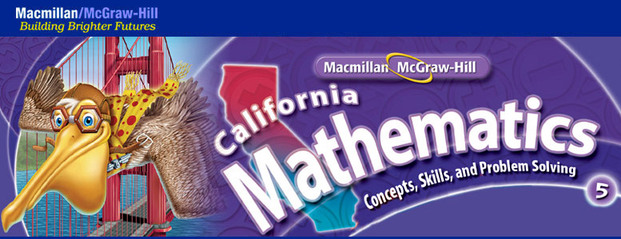Chapter 3: Adding and subtracting decimals
LessonsLesson 1: Decimals on a number line.
Main Idea: Students will represent decimals on a number line. Lesson 3: Round large and small numbers. Main Idea: Students will round whole numbers and decimals. Lesson 5: Estimate very small and very large numbers. Main Idea: Students will estimate sums and differences of decimals. Lesson 7: Add and subtract decimals Main Idea: Students will add and subtract decimals. *According to ehow: Clustering Method
|
Vocabulary
Resources |

